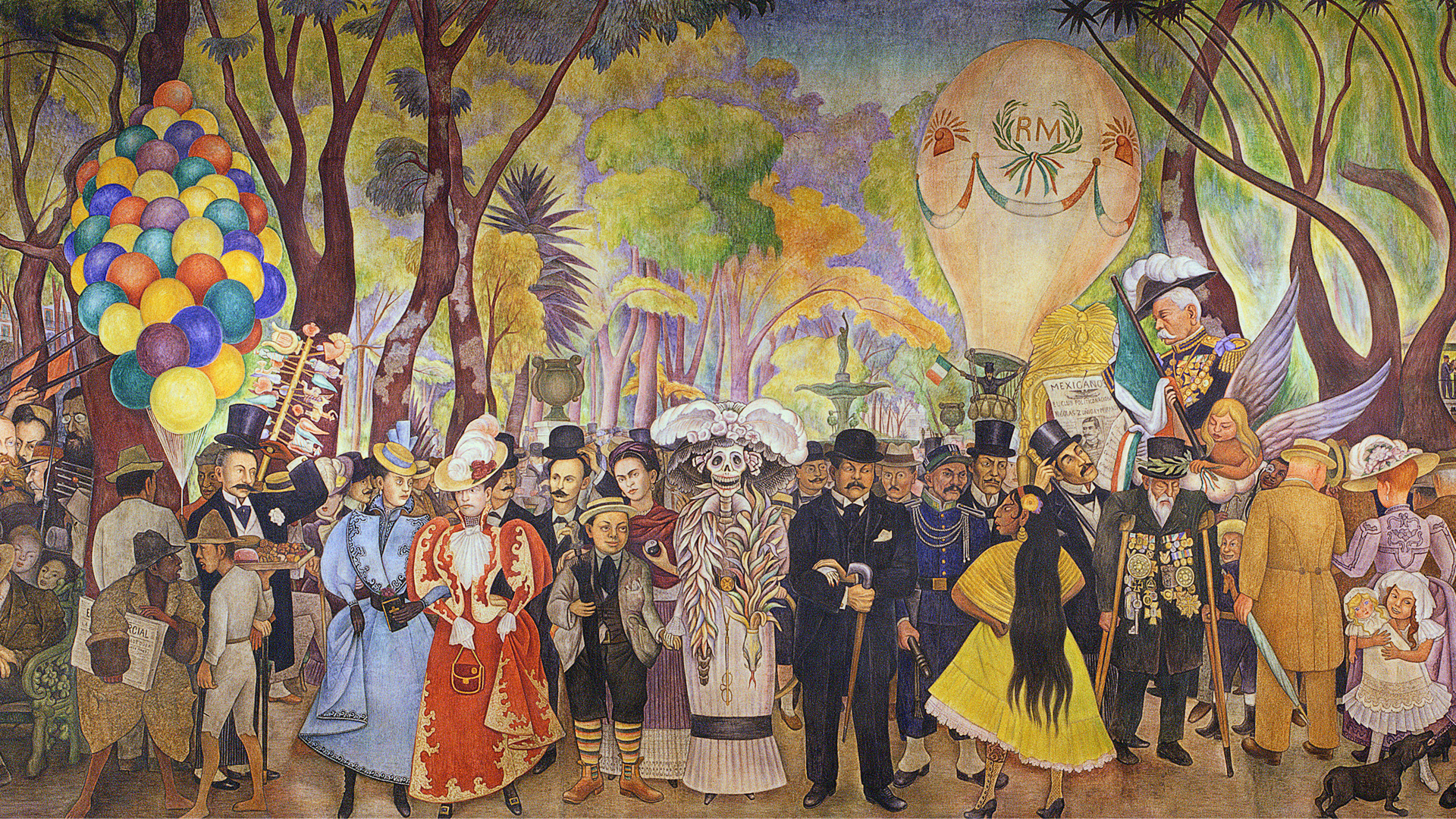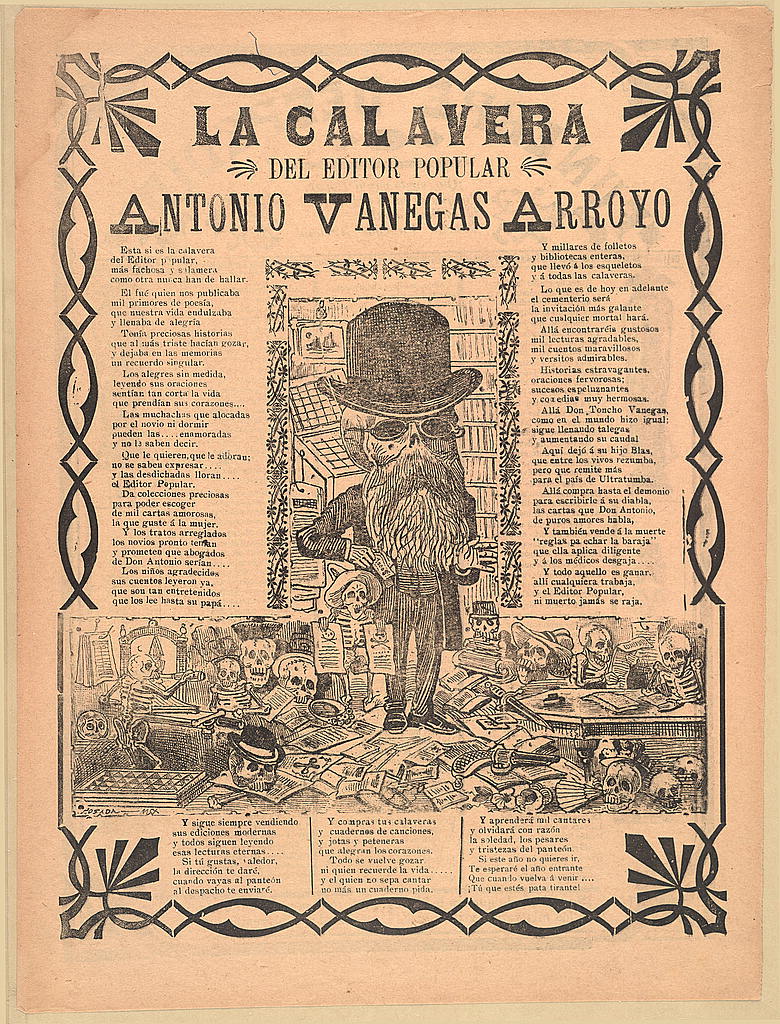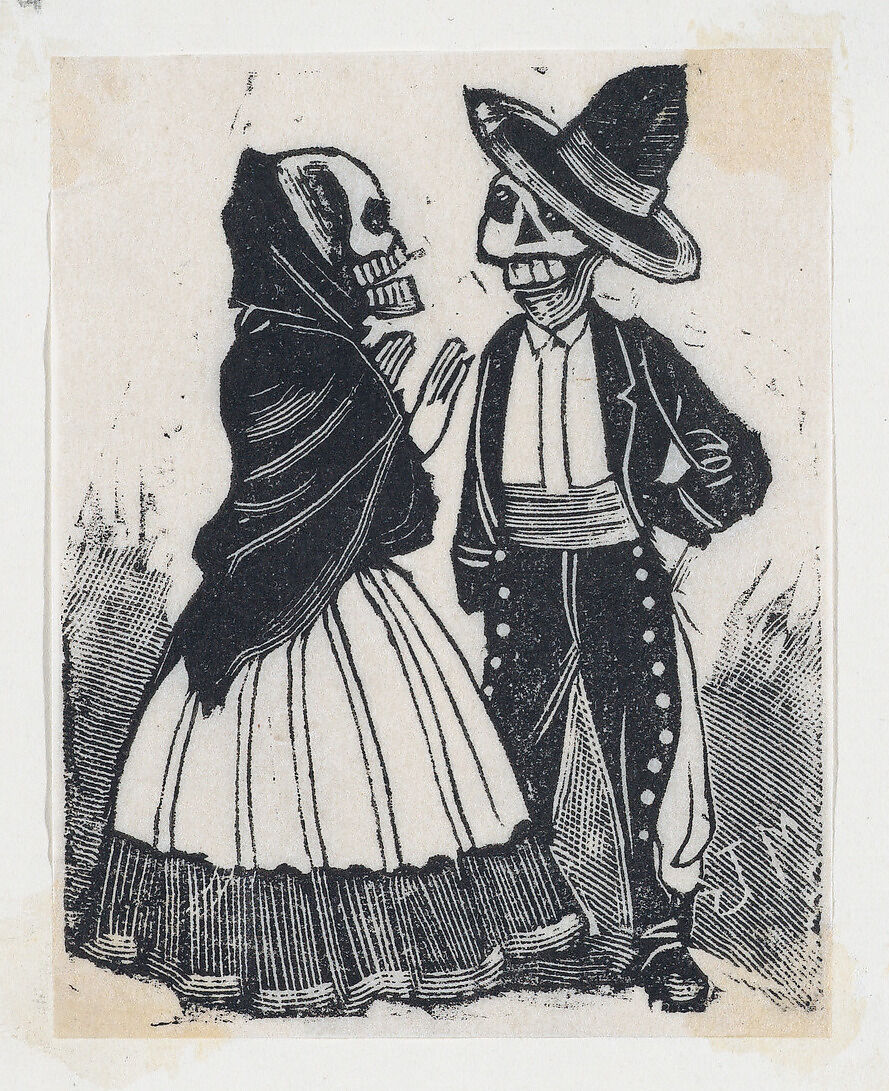The Beatles were made for black-and-white television, as evidenced by the immediacy with which their 1964 performance on The Ed Sullivan Show launched them into permanent international superstardom. Though only a few years younger than the Fab Four, their countryman David Bowie arose in a different era: that of color television, with its vastly expanded aesthetic range. Bowie is known to have carried himself as if his own international superstardom was guaranteed, even during his early years of struggle. But it was only when he took full, lurid advantage of the technologically-expanded sonic and visual palettes available to him that he truly became an icon.
“It’s deceptively easy to forget that in the summer of 1972 David Bowie was still yesterday’s news to the average Top of the Pops viewer, a one-hit wonder who’d had a novelty single about an astronaut at the end of the previous decade,” writes Nicholas Pegg in The Complete David Bowie. But his taking the stage of that BBC pop-musical institution “in a rainbow jumpsuit and shocking red hair put paid to that forever. Having made no commercial impact in the two months since its release, ‘Starman’ stormed up the chart.” As with “Space Oddity,” “the subtext is all: this is less a science-fiction story than a self-aggrandizing announcement that there’s a new star in town.”
“It is hard to reconstruct the drabness, the visual depletion of Britain in 1972, which filtered into the music papers to form the grey and grubby backdrop to Bowie’s physical and sartorial splendor,” writes Simon Reynolds in Shock and Awe: Glam Rock and Its Legacy, from the Seventies to the Twenty-first Century. But to understand the impact and meaning of Bowie — and in particular, Bowie of the Ziggy Stardust era that had only just begun — we must imagine the sheer exhilaration of new possibility a young, artistically inclined Top of the Pops viewer must have felt as Bowie-as-Ziggy and the Spiders from Mars overtook their television sets for “Starman“ ‘s three minutes and 55 seconds.
“No matter how weird and alien you felt, you couldn’t have been as weird and alien as David Bowie and his bandmates looked,” writes the Guardian’s Alexis Petridis. The occasion is that paper’s new list of the 100 greatest BBC music performances, whose range includes Bob Dylan, Prince, the Pixies, Talking Heads, Patti Smith, and Dizzy Gillespie. But the top spot goes to Bowie’s 1972 Top of the Pops gig, due not least to the fact that “umpteen viewers have testified to the life-changing, he’s‑talking-to-me effect of the moment when Bowie points down the camera as he sings the line ‘I had to phone someone so I picked on you.’ ” CNN’s Todd Leopold likens the Beatles to “aliens dropped into the United States of 1964,” but as Bowie would vividly demonstrate eight years later, the real invasion from outer space was yet to come.
Related content:
8 Hours of David Bowie’s Historic 1980 Floor Show: Complete & Uncut Footage
Based in Seoul, Colin Marshall writes and broadcasts on cities, language, and culture. His projects include the Substack newsletter Books on Cities, the book The Stateless City: a Walk through 21st-Century Los Angeles and the video series The City in Cinema. Follow him on Twitter at @colinmarshall or on Facebook.












